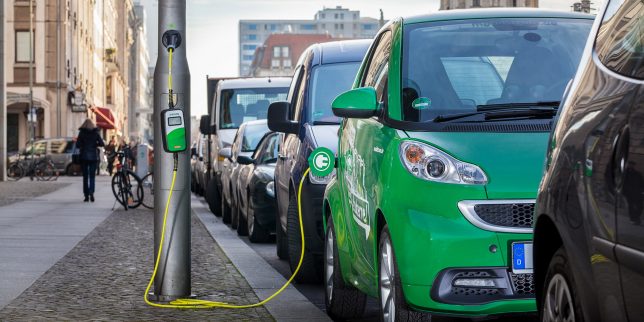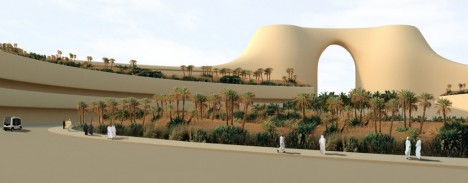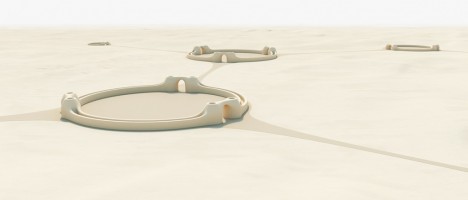The post Why Using Smart Previews in Lightroom CC is a Good Idea (and How to Set Them Up) appeared first on Digital Photography School. It was authored by Kevin Landwer-Johan.

Smart Previews in Lightroom CC will help enhance your workflow. They are a smaller file you can work with rather than working on full-sized RAW files.
One of the biggest advantages of using Smart Previews in Lightroom CC is when you work remotely. You can store your RAW files on your main hard drive and keep the smart previews on your portable drive. So if you have your RAW files imported to your main computer hard disk, you can make smart previews for your laptop or external drive. You can even store them on a flash memory device like a thumb drive, SD card, or the cloud.

How to use Smart Previews in Lightroom CC
Creating Smart Previews in Lightroom CC is easy and can be done when you import your files or at a later time. Lightroom makes a smaller DNG file (an Adobe Digital Negative RAW image file.) These are compressed and take up a fraction of the space RAW files do. The DNG files are located in a separate folder than the RAW files of the same images.
To configure Lightroom CC to create Smart Previews when you import photos, go to the File Handling panel. This is on the right of your screen after you have clicked on the Import button. Make sure that the Build Smart Previews box is checked.

You can create Smart Previews in Lightroom CC when you’ve already imported your photos.
Select the files you want to make Smart Previews of in the Grid mode. Go to Library in the top menu and choose Previews->Build Smart Previews. When an image has a Smart Preview, there is an icon indicating this in the Histogram window.

Working on a smart preview in the Lightroom Develop Module, you will be working on the compressed DNG file. This means your computer will run faster. To ensure you have this enabled, go to Edit->Preferences. Check the box ‘Use Smart Previews instead of Originals for image editing.’

What are the main advantages of Smart Previews
The three main advantages of using Smart Previews in Lightroom CC are:
- Speed up your workflow
- Save hard drive space
- Easier remote editing
Once you have created the Smart Previews, your computer manages the image files using fewer hardware resources. The file sizes are smaller, so they draw less of the computer’s CPU, GPU and RAM.
Working with Lightroom CC on a laptop or with an external drive is better with Smart Previews. You do not need to have all your RAW files on a remote hard drive to be able to keep editing. Your edits will be auto-synced (keep reading to learn how to do this).
Remote editing from a laptop or classroom computer is much easier. This is because catalogs with smart previews are so much smaller. By only exporting the DNG files with your catalogs, you are saving a huge amount of space.
![]()
How to export and re-sync using Smart Previews in Lightroom CC
Once you have imported your photos and created Smart Previews in a Lightroom CC catalog, you can export the catalog or part of it. Simply go to File->Export as catalog and make sure to check these boxes:
- Export selected photos only
- Build/Include Smart Previews
- Include Available Previews
You don’t have to check the ‘Include Available Previews’. But if you have already made adjustments to some images, it’s a good idea to.
Uncheck the ‘Export Negative Files’ box.
NOTE: If you leave this one checked, you’ll be including all the RAW files. This is what you are wanting to avoid.

Save the file where you can locate it again easily. Now you can copy it to another storage device or the cloud.
When opening Lightroom on your laptop or another computer, select the catalog from your storage device. You can work from your device or copy the catalog to the drive of the computer you are working on.
If you open the catalog from where it’s stored, all the changes you make in Lightroom will be saved there. Copying the catalog file to the hard drive of the computer you are now working on requires you to export it again when you’re finished.
To bring the files you have worked on back to your main computer, simply connect the portable storage. Copy the Lightroom catalog with the images you’ve been working on back onto your main computer’s hard drive.
To do this, go to File->Import from Another Catalog. Now locate the catalog from your portable storage. From the drop-down box, select ‘Replace: metadata and develop settings only.’ Click OK. Your Smart Previews will appear in your catalog, including the changes you made.

Conclusion
Using Smart Previews in Lightroom CC is a game-changer if you often work on your photos from more than one computer. Being able to make use of your laptop because the file sizes are smaller and more portable is a great advantage. It may seem like a little more work to set up to use Smart Previews, but once you have done it a few times, it will seamlessly become part of your post-processing workflow.
Do you use Smart Previews? What are your thoughts? Share with us in the comments.
The post Why Using Smart Previews in Lightroom CC is a Good Idea (and How to Set Them Up) appeared first on Digital Photography School. It was authored by Kevin Landwer-Johan.




































You must be logged in to post a comment.